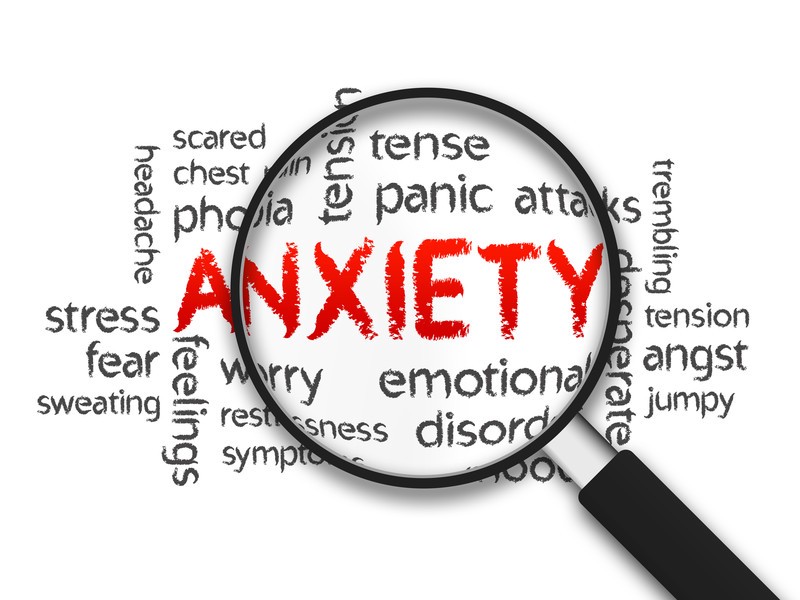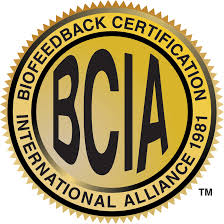Biofeedback treatment of anxiety
Introduction
Feeling anxious is a normal human experience. Anxiety occurs in a situation that we label as threatening and causes a psychophysiological stress response. Common symptoms are shallow rapid breathing, tensed muscles, increased heart rate, restlessness, worrying and loss of focus. Anxiety is helpful if there is real and present danger. It is an instinct we developed to protect ourselves from harm.
Anxiety becomes a problem when there is overwhelming and intrusive fear and worry and when the anxiety is undermining our performance or impairs our everyday life functioning. Chronic anxiety can be accompanied with depression and sleep problems which makes the problem even worse.
The current conceptualization of the etiology of anxiety disorders includes an interaction of psychosocial factors, e.g. childhood adversity, stress, or trauma, and a genetic vulnerability, which manifests in neurobiological and neuropsychological dysfunctions (Bandelow, 2017)
There are several types of anxiety disorders: generalized anxiety disorder (GAD), panic disorder, phobia, test/performance anxiety and PTSD, all asking for a different approach in treatment.
Many methods for helping people reduce and control their anxiety have been shown to be effective. Behavioral techniques include relaxation training and cognitive behavioral therapy. Research has shown that biofeedback is at least as effective as any other behavioral technique. In biofeedback physiological activity, like muscle tension, heart rate, respiration, skin conductance and hand temperature, is measured. By using these signals as real-time feedback the client learns to become aware of usually unconscious processes and learn skills to control these signals.
Any form of biofeedback that promotes awareness of the physiological responses during the onset of an anxiety attack is useful, especially when the anxiety is triggered by a specific situation, In chronic anxiety when there is a state of hyperarousal it makes sense to use biofeedback to teach relaxation and autonomic balance. Biofeedback is rated efficacious for anxiety and anxiety disorders, level 4 on a scale of 1 – 5 with 5 being the best (Moss, 2016).

Workshop content
This 1-day workshop will address the concept of anxiety, the (neuro)psychophysiological basis of anxiety, the different types of anxiety disorders and biofeedback protocols useful in assessment and treatment of GAD, panic disorder and test/performance anxiety. A biofeedback stress profile is a useful assessment tool to check for hyperarousal and for the ability to relax. Biofeedback training protocols involve body awareness training learning to feel the first signs of anxiety and several types of relaxation training based on muscle tension, heart rate, respiration, skin conductance and hand temperature. Special attention will be given to biofeedback home training devices and special techniques like combining biofeedback with cognitive restructuring and audiovisual entrainment to calm the brain.
Learning objectives
A combination of hands-on practice and theoretical background is offered. After completing this course the participant will be able to use biofeedback in assessment and treatment of Generalized Anxiety Disorder (GAD), panic disorder and test/performance anxiety.
Who is this workshop for?
Health care professionals, like psychologists and coaches, working with clients who experience anxiety
Faculty
Mrs. Drs. D.M. (Daniëlle) Matto, psychologist, biofeedback therapist BCIA-BCB
Number of participants
6-15
BCIA certification
This workshop can be used for BCIA recertification (7 CE points)

